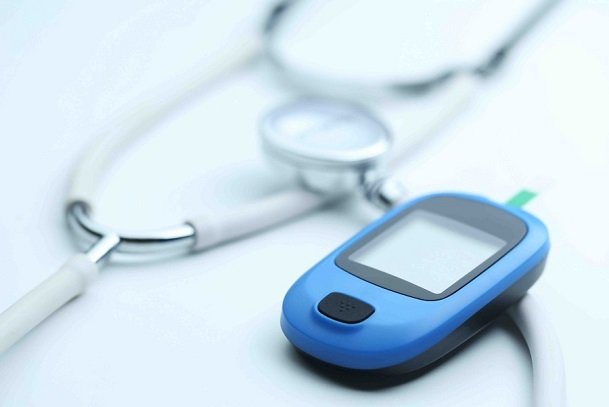 Wash your hands regularly and wear a face mask.
Learn more
Wash your hands regularly and wear a face mask.
Learn more

Clinical Evaluation
A patient who reported to the doctor, because he/she suspects he/she has diabetes mellitus, will be clinically evaluated by the doctor. Some of the questions he will ask history of frequent and heavy urination, excessive thirst, and loss of weight despite eating heavily. The patient may feel weak and fatigued and the patient’s vision may be blurred. These features are useful if the patient is reporting to the doctor for the first time.
If the patient is very young, type 1 diabetes mellitus usually is suspected. Type 1 diabetes is a type of diabetes due to the deficiency of insulin secretion by the pancreas and requires insulin for treatment.
A new case of type 1 diabetes mellitus may present in an emergency crisis (ketoacidosis). After management, the patient recovers and may show very few signs and symptoms until months later when the symptoms relapse. However, most cases present with symptoms and signs of diabetes.
Diagnostic Evaluation of Diabetes
Diagnostic criteria for diabetes mellitus include the following
It is recommended that HbA1C should be done in the laboratory for diagnosis of type 1 diabetes only when the condition is suspected, but the classic symptoms are absent. HbA1c of 7% confirms the diagnosis of diabetes mellitus.
Type 2 Diabetes Mellitus
This usually affects adults and sometimes older adolescents. Most patients are asymptomatic for years, and so do not seek early medical attention because of the insidious nature of the disease. They may therefore present when diabetes has been present for a long time and has started developing complications such as visual difficulties from retinopathy or pains and tingling in the lower limbs from neuropathy. To prevent this, an annual comprehensive medical examination should test for the presence of diabetes mellitus with random blood sugar or HbA1C.
Established Diabetes Type 1
In patients with established diabetes mellitus type 1, a focused history should include the following questions
Diabetes Testing in People Undergoing Routine Medical Tests
A routine diabetic test should be done in people who are at risk i.e., those